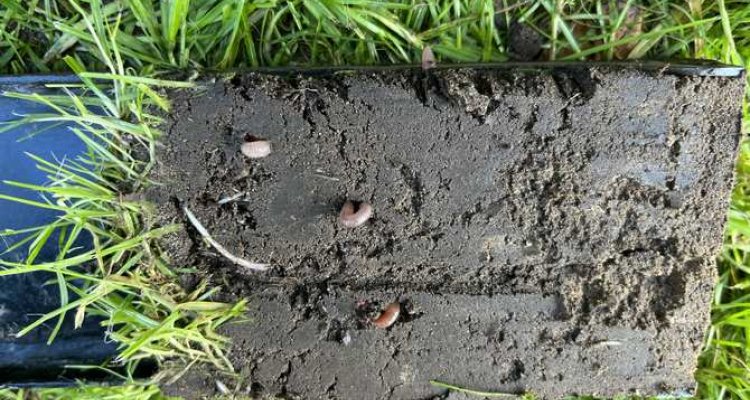
Living Technosols — Welcome to the World of Urban Soil Explorers!
We are ‘soil persons’ from the Soil Geography and Landscape group of the WUR, diving deep into the dirt of Wageningen’s urban landscape. Our mission? To unlock the secrets of our city soils and boost the connection between us, the urban dwellers, and the ground beneath our feet.
Digging Deep: What’s Going On?
Our latest adventure is the “Living Technosols” project, where we’re zooming in on earthworms and their superhero role in transforming urban soils into vibrant, living ecosystems. As cities grow, so does the need for Technosols - soils whipped up by human hands, packed with potential for greening our urban spaces. We’re on a quest to discover how earthworms live in these soils.
Why This Matters
With urban areas increasing, the need for sustainable city life has never been more timely. Earthworms could be our underground allies, turning man-made soils into fertile soils for clean air, fresh water, and relaxing green spaces. To effectively leverage their potential, a deeper understanding of how these resilient creatures contribute to the vitality of urban ecosystems is essential.
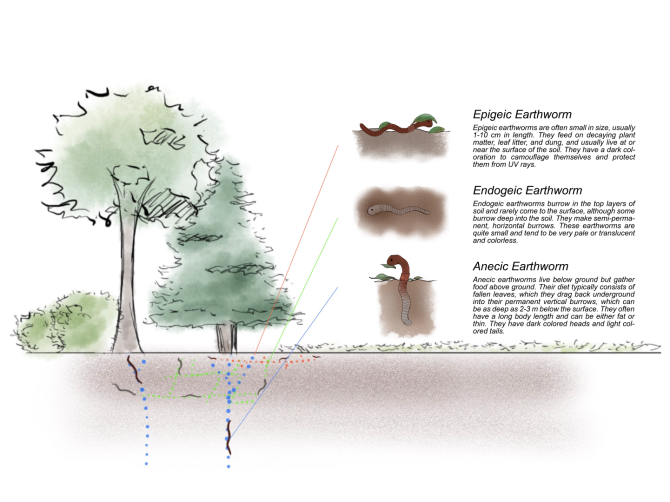
Get Your Hands Dirty: Explore Your Soil!
Curious about what’s happening under your feet? Here’s how you can be an urban soil explorer:
SOIL FEEL
Use a spade to dig and examine your soil (about 0-15 cm). Which photo does it most resemble?
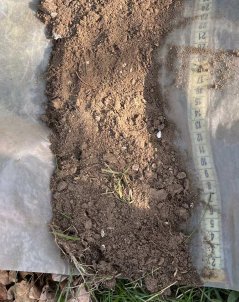
Sandy soil (falls apart easily)
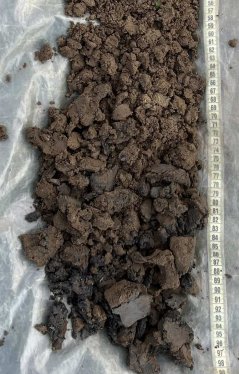
Clayey soil (sticks when wet)
SOIL ACIDITY TEST:
Preparation: pH strip (attached to the flyer), a cup, tap water and your soil sample.
Steps:
1. Collect 10 gram soil samples, clean it from roots and vegetation debris and place it in a cup.
2. Add 10 ml of water to the soil sample.
3. Dip a tip of the paper strip into the soil solution and compare the color with the scale shown on the color chart below. The matching color provides an estimate of the soil’s pH value.
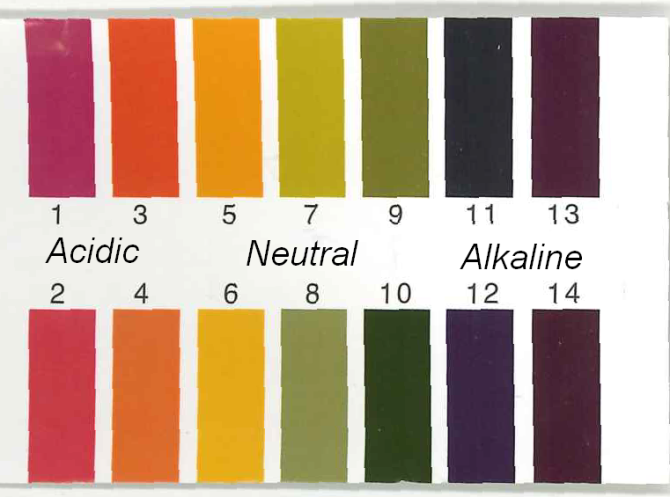
WORM WATCH
Become an earthworm expert by counting and identifying them in your backyard.
Preparation: a spade or shovel.
Steps:
1. Choose a suitable spot in your garden.
2. Dig a 20x20x20 cm block of soil.
3. Carefully remove the soil and place it on your plastic bag.
4. Search through the soil for earthworms: pay attention to the area around plant roots and break the soil into small clumps if necessary (smaller than 0.5 cm).
5. Collect the earthworms by placing them in a small container with some water (be careful: earthworms can easily escape from the container).
6. Count the earthworms you have collected and record the total number.
7. Set the earthworms free.

Ready for a Soil Adventure?
Are you eager to delve deeper into the secrets beneath your feet? Take the first step by participating in the Wageningen Green Space questionnaire! Your input will help us understand the intricacies of urban soils and pave the way for a sustainable city.
In the questionnaire you can learn to distinguish between earthworm species and indicate whether you want to have the properties of your soil analyzed in our laboratory.
Got soil stories to share or questions to ask? Reach out and let the soil bonding begin! Are you in?
Let’s Connect!
Soil Geography and Landscape group
For additional soil knowledge, you can explore “Soil Knowledge Clips”.